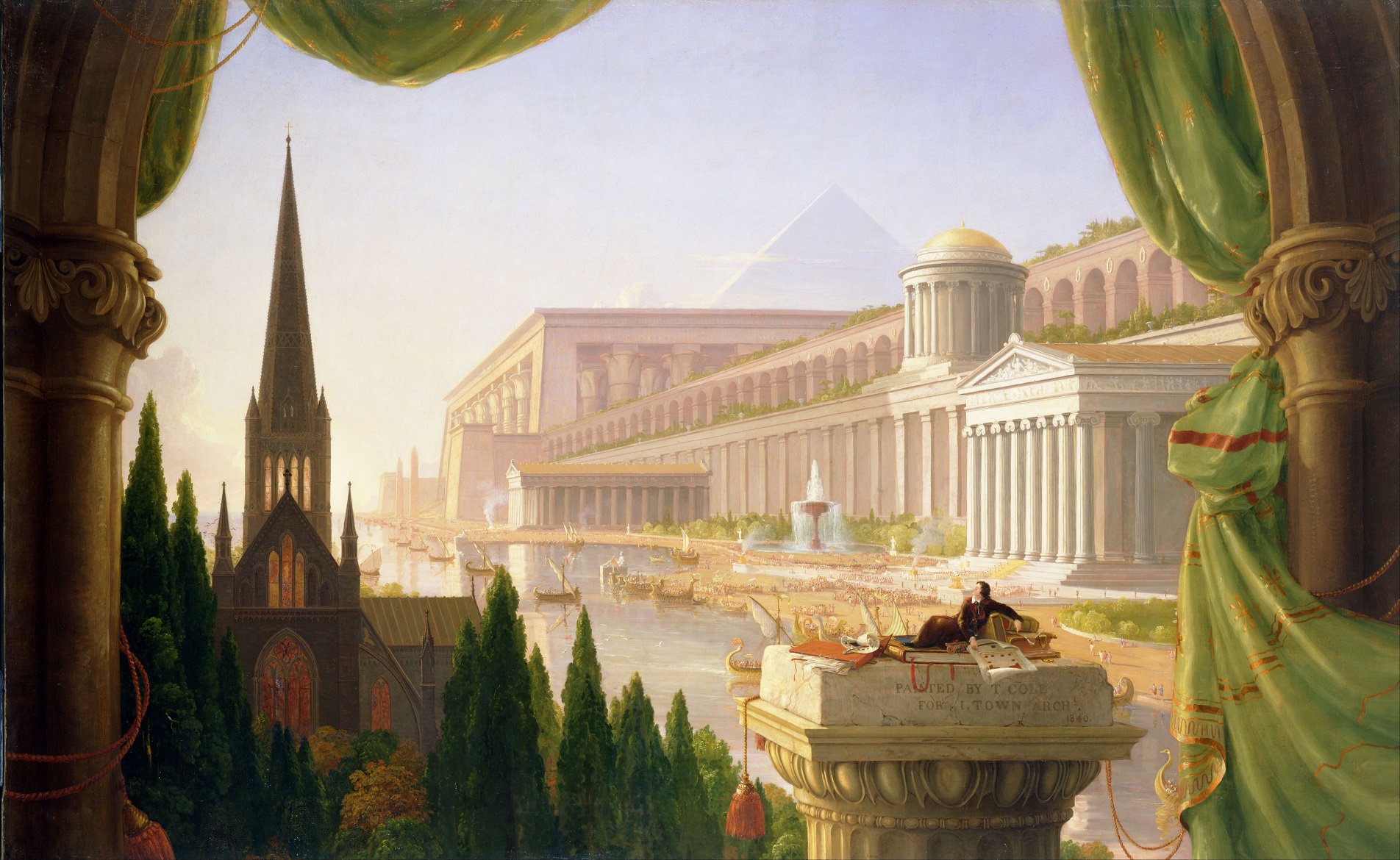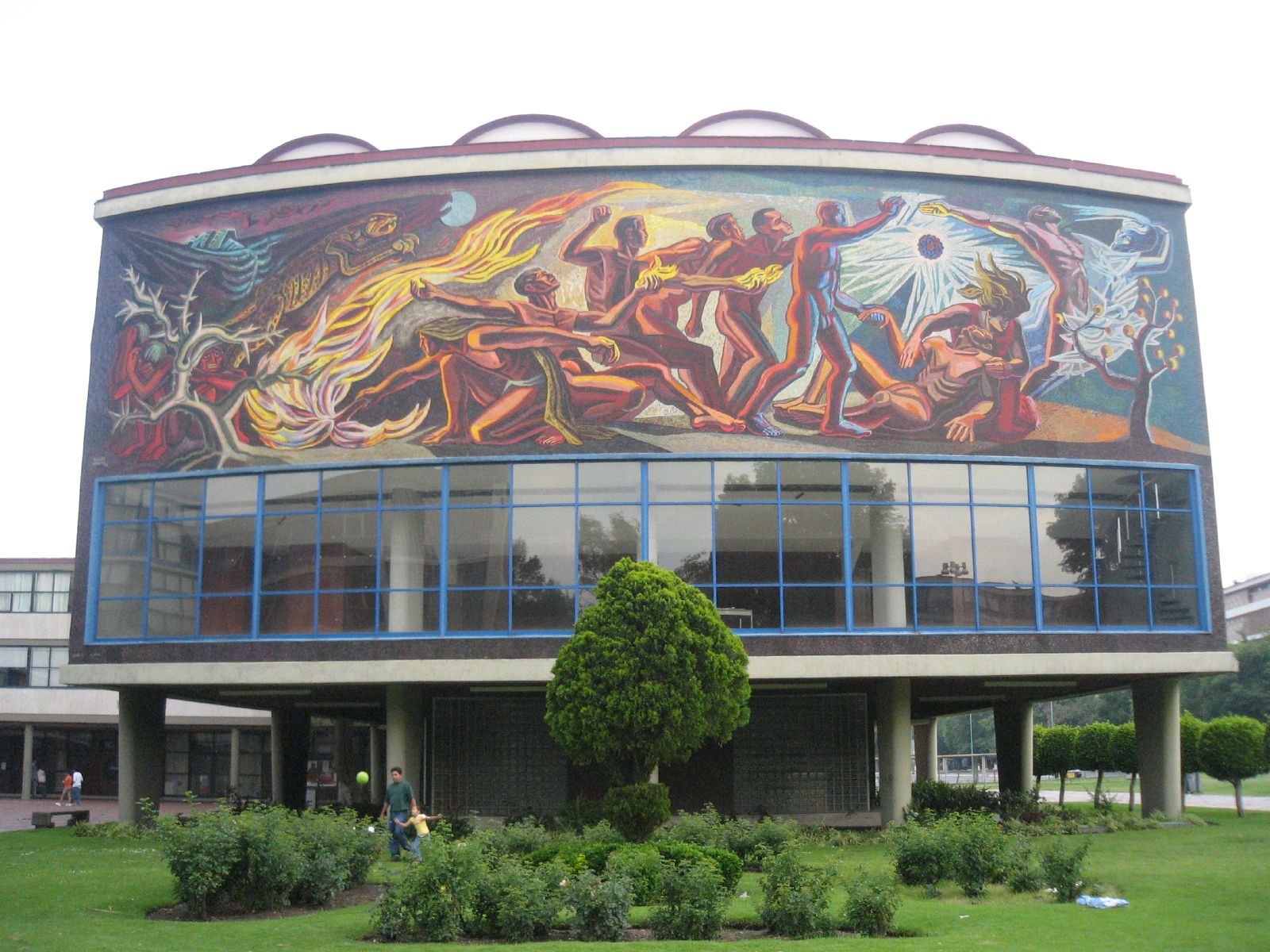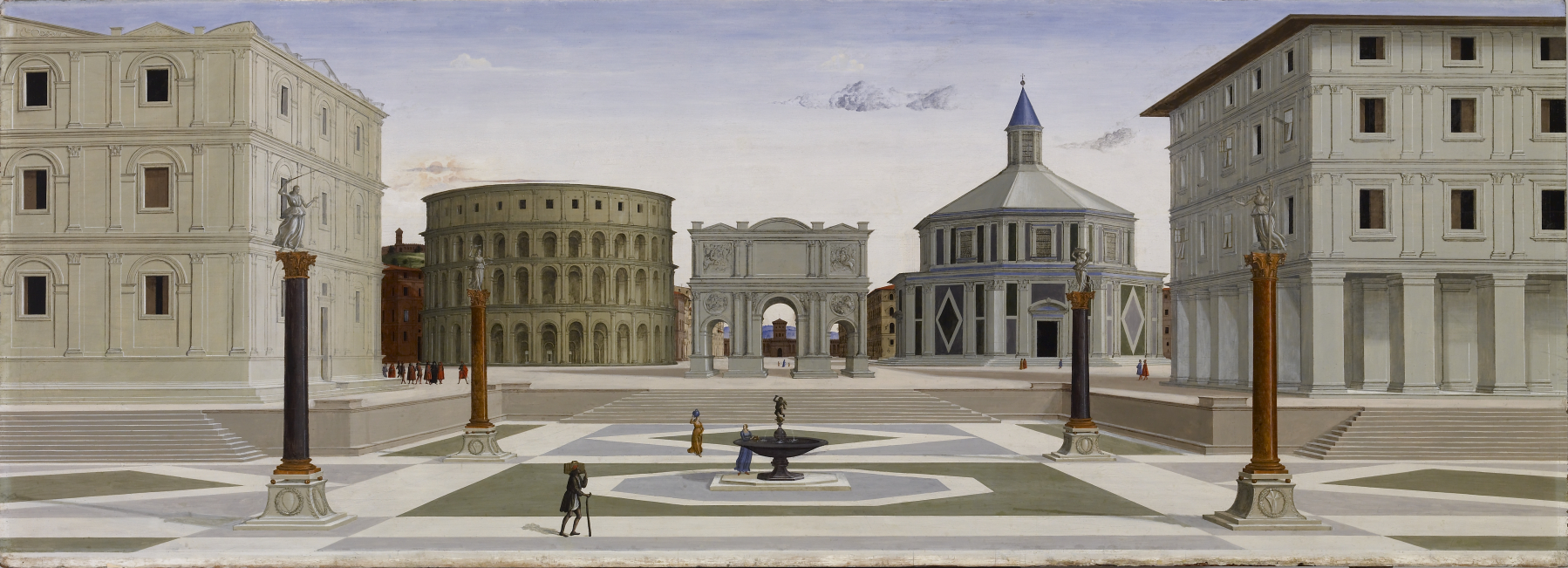LU Finance & Administration: Facilities
Category Archives: Architectural/Hammurabi
- Home
- Archive by category "Architectural/Hammurabi" (Page 12)

Beaux-Art on Campus
This content is accessible to paid subscribers. To view it please enter your password below or send mike@standardsmichigan.com a request for subscription details.
Building Construction & Safety Code
The scope of NFPA 5000 Building Construction and Safety Code — a consensus title of ‘similar’ scope developed by the International Code Council* — is paraphrased below:
“…The Code addresses those construction, protection, and occupancy features necessary to minimize danger to life and property. The Code does not address features that solely affect economic loss to private property…”
Our interest in this title contributes to our goal of understanding a fully dimensioned best practice bibliography for the built environment in education communities. CLICK HERE for Free Access
The original University of Michigan standards advocacy enterprise began its engagement with this code with the inaugural edition in 2009, with special attention to the chapters listed below:
Chapter 17: Educational Occupancies
Chapter 18: Daycare Occupancies
Chapter 19: Health Care Occupancies
Chapter 51: Energy Systems
Chapter 52: Electrical Systems
A few Standards Michigan proposals track in the transcripts:
Educational and Day-Care Occupancies
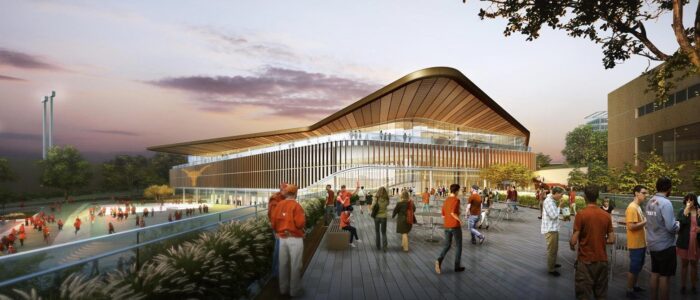

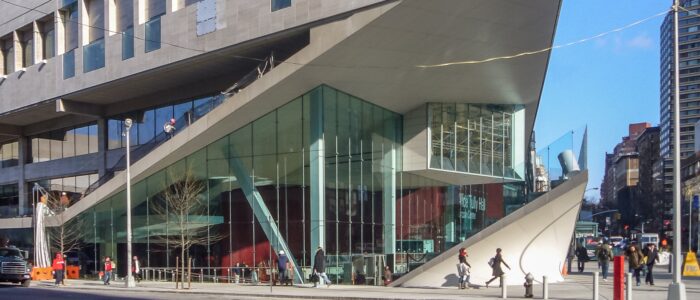
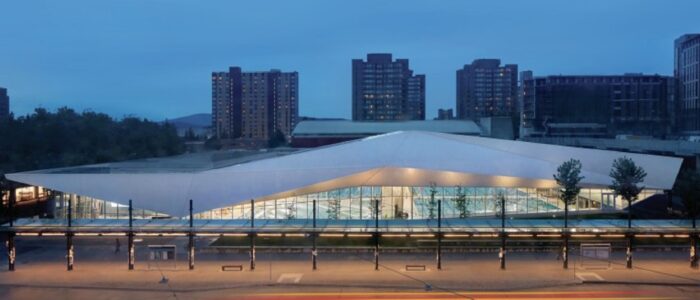
Public consultation on the Second Draft closes March 28, 2023.
We maintain NFPA 5000 on the standing agenda of our Model Building Code colloquia when we examine it along with competitor titles; notably International Code Council titles (I-Codes). See our CALENDAR for the next online meeting; open to everyone.
Issue: [8-100]
Category: Architectural, Structural, Accessibility
Colleagues: Mike Anthony, Joe DeRosier, Jack Janveja
*By comparison the scope statement in the International Building Code — Section 101 General — is paraphrased below:
“…The provisions of this code shall apply to the construction, alteration, relocation, enlargement, replacement, repair, equipment, use and occupancy, location, maintenance, removal and demolition of every building or structure or appurtenances connected or attached to such buildings or structures…”
Understanding Building Codes
This content is accessible to paid subscribers. To view it please enter your password below or send mike@standardsmichigan.com a request for subscription details.
Copeland Athletic Complex
This content is accessible to paid subscribers. To view it please enter your password below or send mike@standardsmichigan.com a request for subscription details.
Harry Ransom Center
This content is accessible to paid subscribers. To view it please enter your password below or send mike@standardsmichigan.com a request for subscription details.
Building Energy Code
Since about 2003 the National Fire Protection Association has invested in a consensus product that competes with other ANSI accredited standards developing organizations to secure a footprint in the energy conservation space: NFPA 900 Building Energy Code. Use of the word “code” in its title is significant. It means that NFPA 900 has been written to be incorporated by reference into federal, state and local energy conservation legislation.
From the NFPA 900 prospectus:
These regulations shall control the minimum energy-efficient requirements for the following:
(1) The design, construction, reconstruction, alteration, repair, demolition, removal, inspection, issuance, and revocation of permits or licenses, installation of equipment related to energy conservation in all buildings and structures and parts thereof
(2) The rehabilitation and maintenance of construction related to energy efficiency in existing buildings
(3) The standards or requirements for materials to be used in connection therewith.
Sound familiar? At the very least, NFPA 900 fills out the 300+ consensus product offerings of the NFPA. A brief reading of NFPA 900 reveals that it references consensus products by the ICC, ASHRAE and other ANSI-accredited standards developers. The public input deadline passed in January 2020. The public input report will be posted no later than September 10th. A first reading, available to registered NFPA-access members, reveals little new content.
Public input on the 2025 revision is receivable until January 5, 2023.
We host a monthly teleconference that covers Energy-related consensus products. See our CALENDAR for the next online teleconference

University of California Merced Power Plant
Issue: [6-5] [12-79]
Category: Public Safety, Risk Management, #SmartCampus
Colleagues: Mike Anthony, Richard Robben
LINK TO LEGACY UNIVERSITY OF MICHIGAN NFPA WORKSPACE
Whole Building Design Guide
The National Institute of Building Sciences (NIBS) is a non-profit, non-governmental organization bringing together representatives of government, the professions, industry, labor and consumer interests to focus on the identification and resolution of problems and potential problems that hamper the construction of safe, affordable structures for housing, commerce and industry throughout the United States. The National Institute of Building Sciences was authorized by the U.S. Congress in the Housing and Community Development Act of 1974, Public Law 93-383.
As the largest non-residential building construction market in the United States — and one that is largely financed with public money — the education industry is a major stakeholder in NIBS leading practice discovery and promulgation. Best practice in education facility construction is informed by best practices in other federal agencies with significant construction spend
We track development and commenting opportunities on NIBS consensus products linked below:
United States National CAD Standard
It is remarkable how much standards action happens in the drearier (boilerplate) — General Conditions — part of a construction contract. Admittedly, you must have an interest in the fine points of the building construction disciplines.
As of today’s posting we do not find any NIBS titles released for public consultation in the Federal Register. We do, however, keep NIBS products on our periodic Ædificare c0lloquium; open to everyone. See our CALENDAR for the next online meeting; open to everyone.
Issue: [15-317]
Category: Architectural, Management & Finance
Colleagues: Mike Anthony, Richard Robben
Representative School, College & University Construction Contract General Conditions
More
New update alert! The 2022 update to the Trademark Assignment Dataset is now available online. Find 1.29 million trademark assignments, involving 2.28 million unique trademark properties issued by the USPTO between March 1952 and January 2023: https://t.co/njrDAbSpwB pic.twitter.com/GkAXrHoQ9T
— USPTO (@uspto) July 13, 2023
Standards Michigan Group, LLC
2723 South State Street | Suite 150
Ann Arbor, MI 48104 USA
888-746-3670



